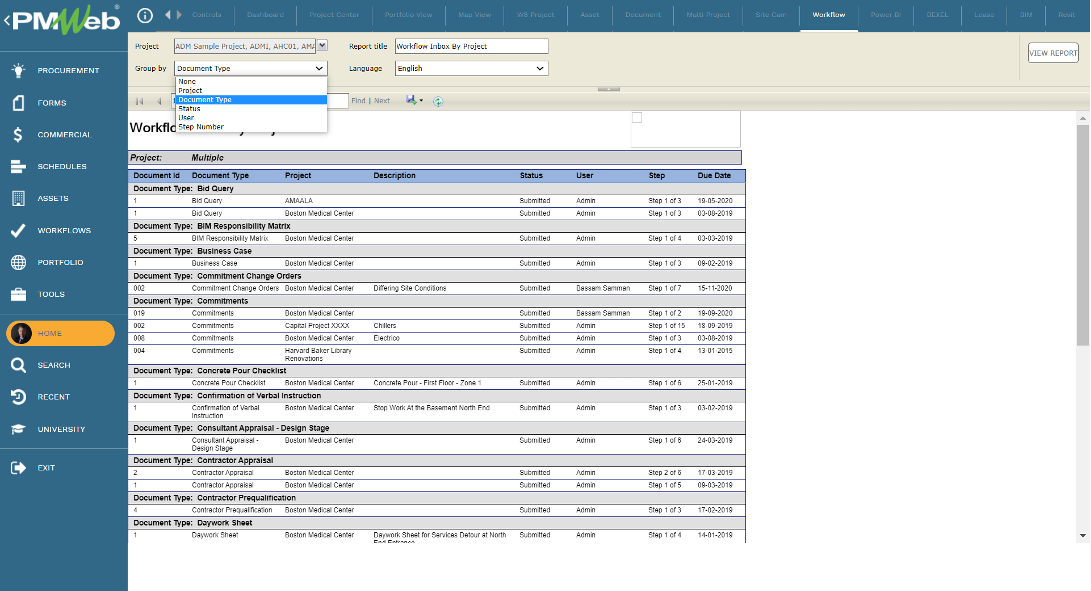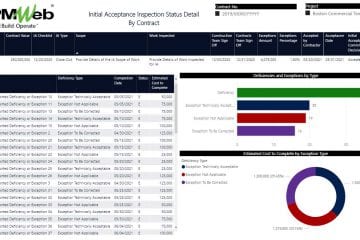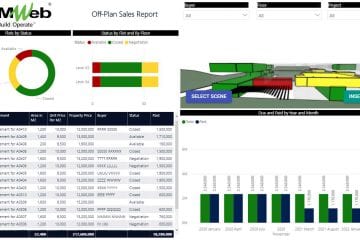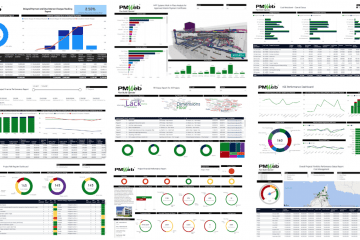One of the key challenges that face project owners when it comes to managing capital construction projects is the involvement of different entities with different obligations and entitlements in delivering the project’s overall scope of work. The outsourcing of work and services on capital construction projects is a common practice used to transfer the project’s high risks to other better qualified and experienced entities in managing and mitigating those risks. That is why it is common for a capital construction project to have a design consultant, supervision consultant, project management consultant, contractors, suppliers, among others.
Having those different entities means that many of the 200 plus business processes needed to manage the delivery of capital construction projects would involve many individuals from those entities when submitting, reviewing, providing input, approving, or rejecting tasks for the thousands of transactions those processes. This means that those individuals need to be held accountable for their actions on tasks assigned to them regardless of whether they executed those tasks or were delegated to other team members. Therefore, having a single point of accountability (SPA) for the performed tasks is a must requirement and not a choice.
Project Management Information System (PMIS) like PMWeb is used to manage, monitor, evaluate and report on those 200 plus processes while enforcing the best practice of a single point of accountability. The first step to achieve this objective is for the project manager to request from each entity to identify the individuals who will be the accountable point of contact for the different business processes that the entity will be involved with as defined in the responsibility assignment matrix (RAM) and project management plan (PMP). Those individuals will become the single point of accountability (SPA) in performing the assigned tasks. PMWeb Companies module will be used to define those individuals for each entity. For each designated individual, which will be considered as a Contact, PMWeb allows capturing all information relevant to this contact, including his/her contact details.
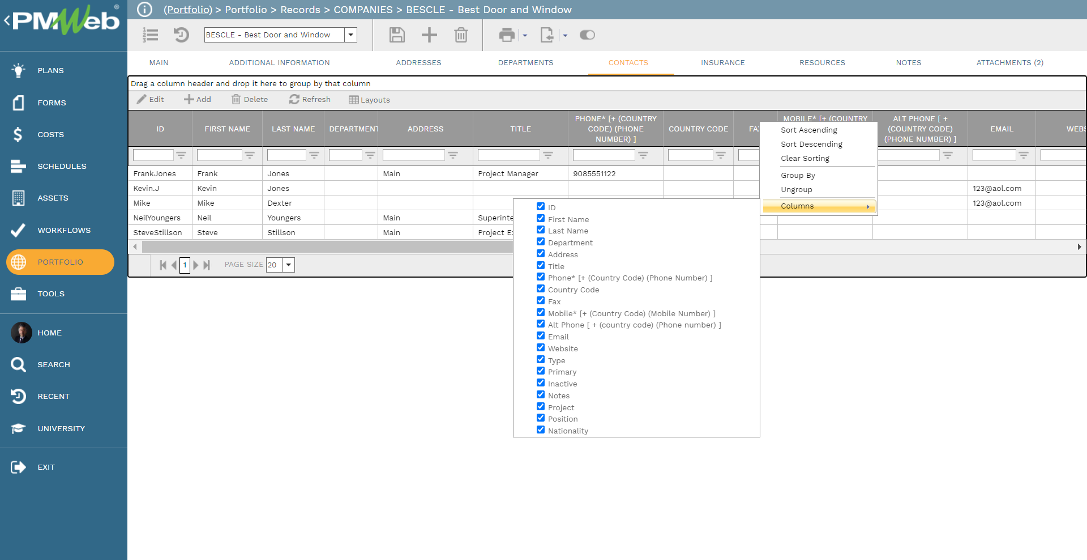
All those individuals will need to have access to PMWeb to perform the submit, review, provide input, approve or reject tasks that could be part of each business process workflow. Therefore, those individuals will be added as users to PMWeb and assigned the license type that best suits the tasks assigned to them to perform. For example, those who will need to create cost records will be given access to a Full License, where those who need to review and approve the cost records and submit, review and approve non-cost processes will be given access to a Guest License. Even those individuals with Guest Licenses, a decision can be made on whether they will be given access to a Named License (or dedicated 24X7 access) or Concurrent License (be part of a pool of users).
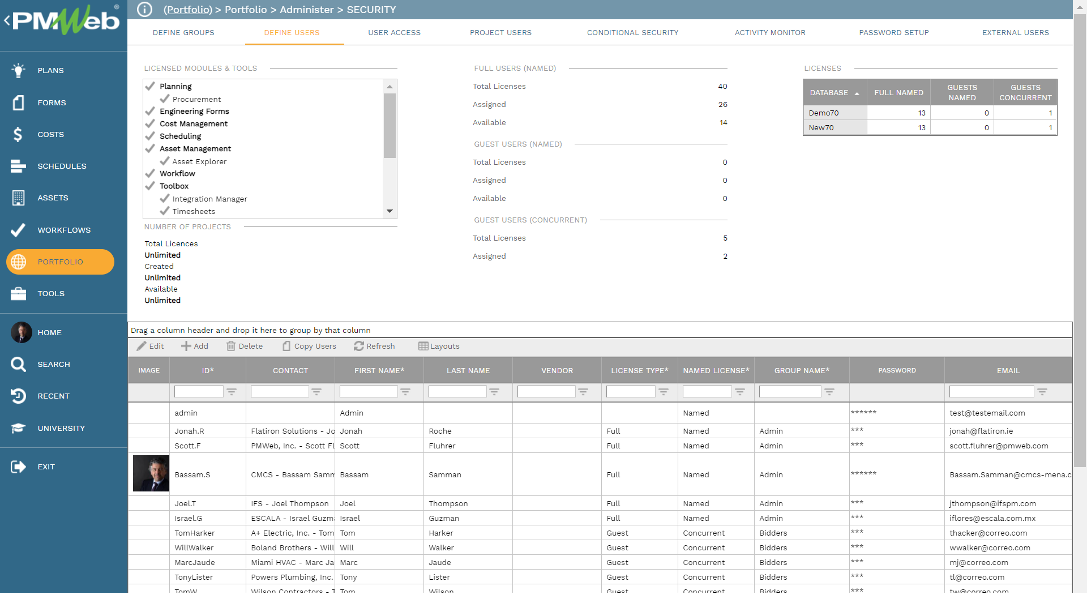
This will be followed by defining the access rights given to those individuals, which could be limited to a project or group of projects, business process or group of business processes and data fields or all fields that are part of each business process. Access can also be conditional on restricting access for certain transactions for a given business process by other factors such as the contract agreement, among others. All these permissions will be set by the PMWeb administrator, who reports to the project manager.
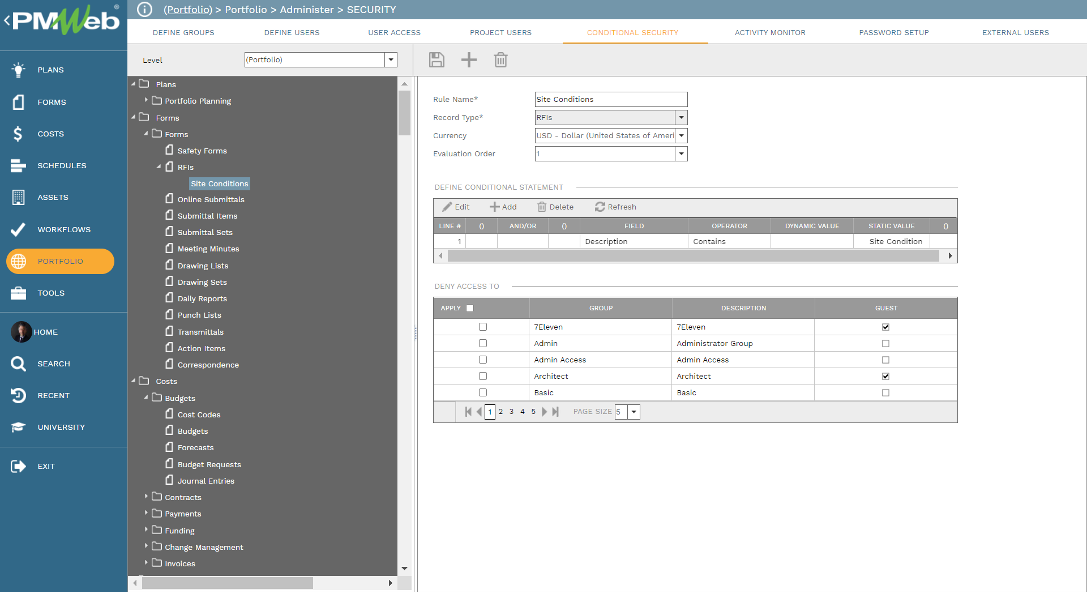
The next step is to assign the individuals from the different entities to the workflow tasks assigned to them on the various business processes. Each PMWeb user will be given a role for those defined roles. A PMWeb user, who is also a project team member, could also play different parts on different projects. Therefore, roles assignment to PMWeb users or project team members could be specific to a project or all projects. PMWeb allows defining if a PMWeb user can have multiple roles as detailed above and if the same role can be used more than once in the same workflow process.
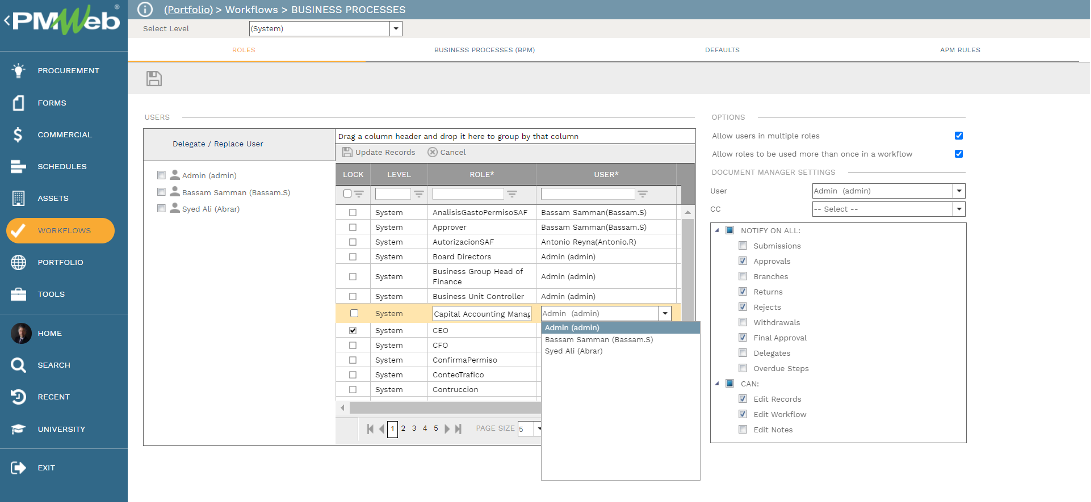
The next step is to create the workflow process by dragging and dropping the defined project roles in the required sequence to perform the workflow tasks. Of course, the sequence can be altered by dragging and dropping the workflow task to the new desired sequence. The workflow could also include branches that can be associated with conditions for enforcing approval authority levels or the category or type values that are specific to each project management process.
PMWeb also allows defining if there a need to add an alert to the process when a task is overdue each workflow process. The alert requires defining the number of days before an alert is activated, who should be alerted, and whether this alert to be done via email, online notification or both.
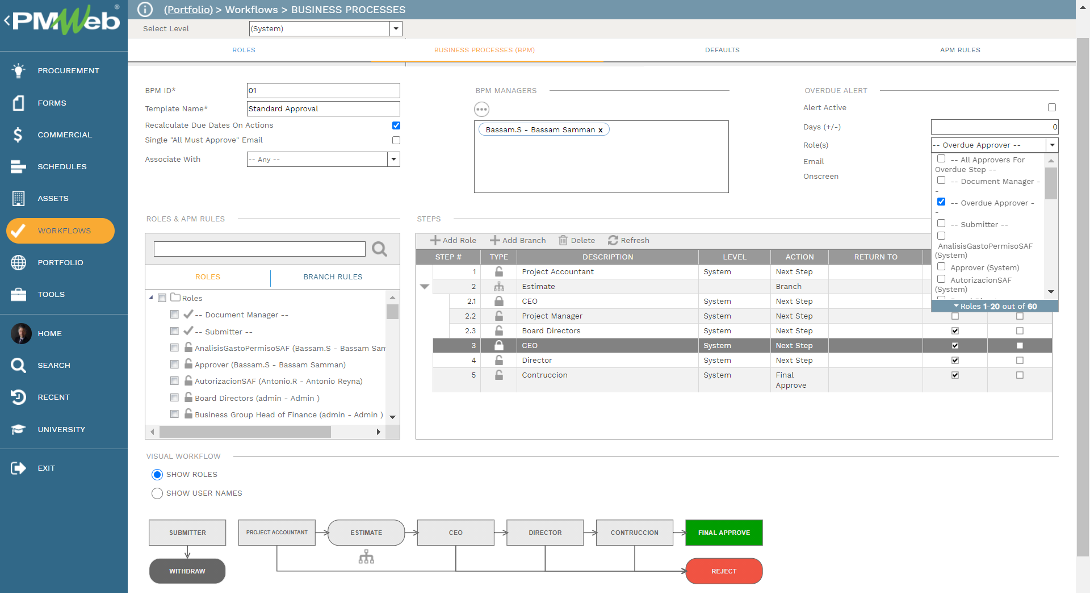
For each workflow task defined in the workflow, PMWeb also allows assigning the individual set’s actions to perform the job can take and for which they will become accountable. For example, those actions could be submitted, review, proceed, return, resubmit, withdraw, reject, resubmit, branch (for selections or approval authority levels), user delegate, team input request, review complete and final approval.
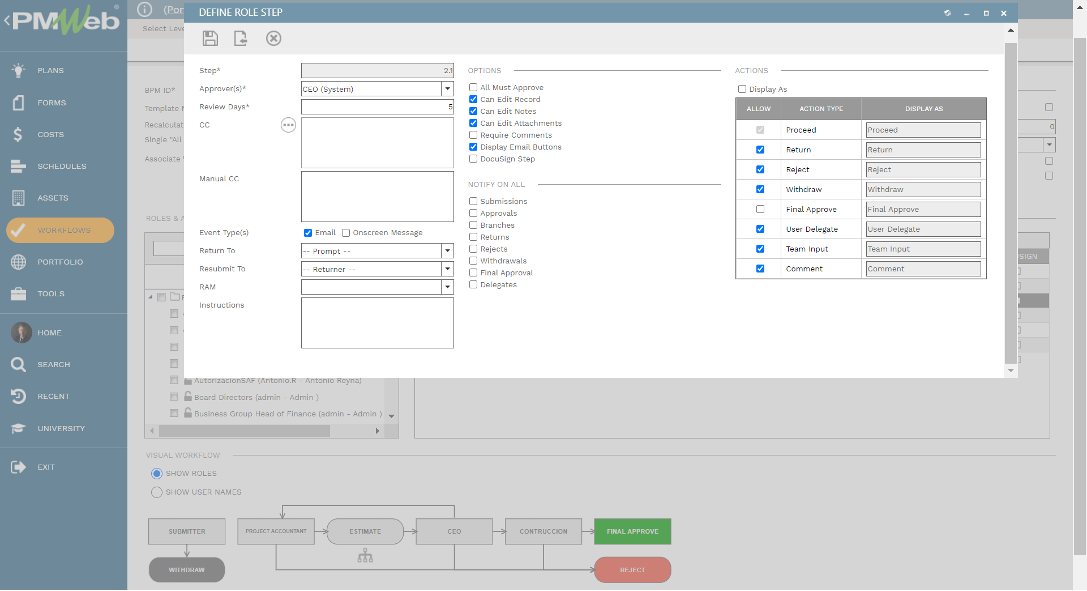
When a new transaction for one of the 200 plus business processes is initiated by the individual who is authorized to do so, the workflow tab for that process will capture the details of all tasks performed in submitting, reviewing, approving, or rejecting the transaction. This information will include the individual name, the date and time on when the task was completed, comments made, any input from other individuals who were invited by the individual assigned a task to give their feedback, among other information.
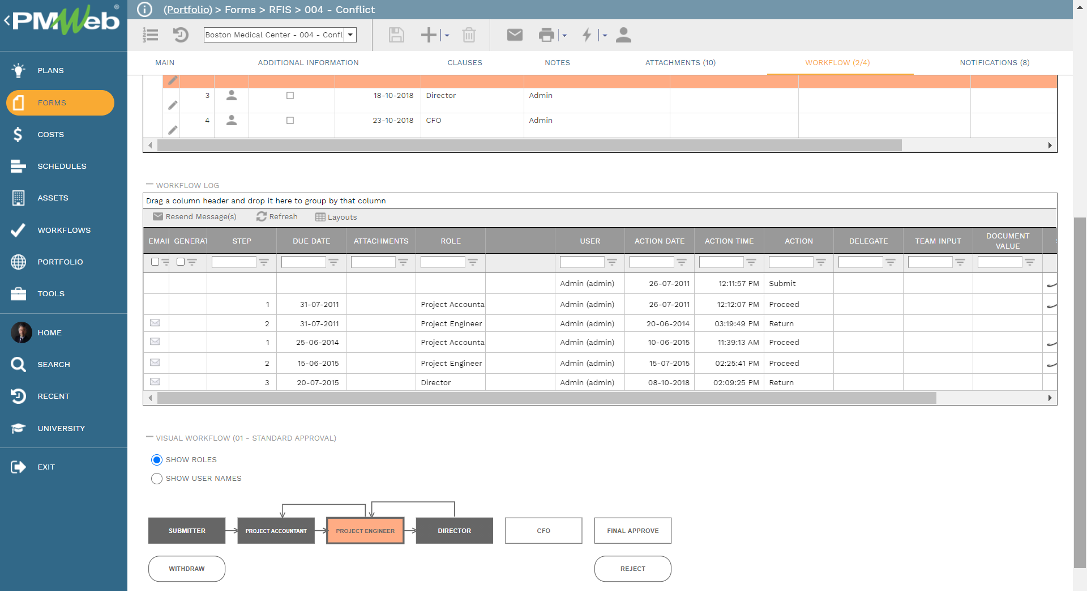
When the individual assigned to the current workflow task completes the needed action, they will submit the transaction for the next individual in the workflow sequence. Of course, the selected individual will be under the predefined workflow assigned to the business process. To ensure that the individual is due next to take any action, the PMWeb home page for this individual will be automatically appended by the new workflow notification. Also, an email notification will be sent to the individual to confirm his or her duty further to take an action.
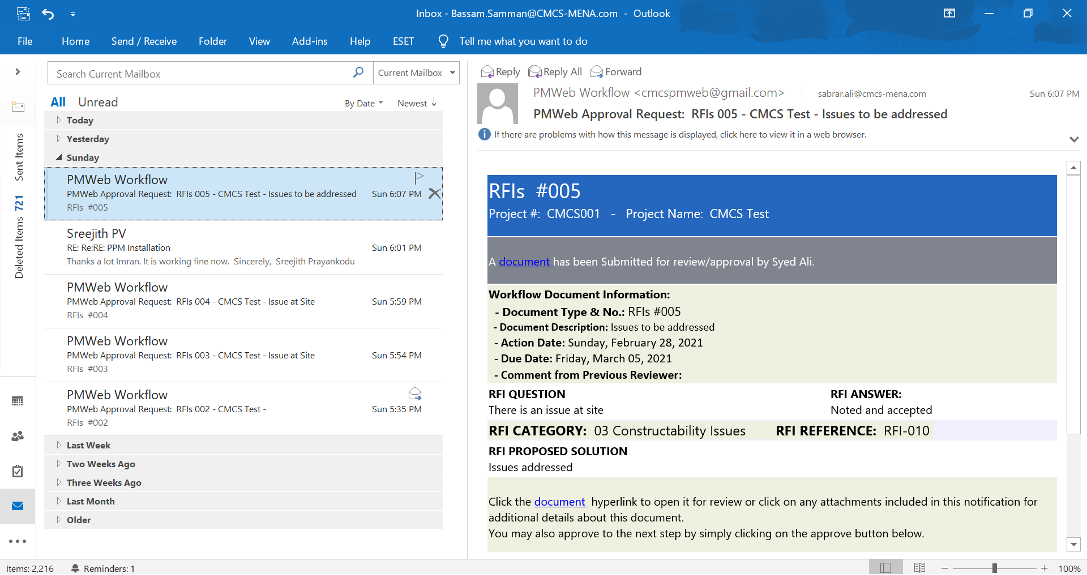
For business processes that need to be formally communicated by either printing and then wet-signing the output form or have a PDF file that can be digitally signed, the PMWeb output form for those processes will be designed to display the workflow tasks performed on each transaction of those processes. This will immediately provide each transaction’s history showing the accountability for actions taken and whether there were delays in taking those actions, including notes made while reviewing and approving or rejecting the transaction. The workflow actions can also be used to fill specific fields in the output form like those for approval name, date, and signature.
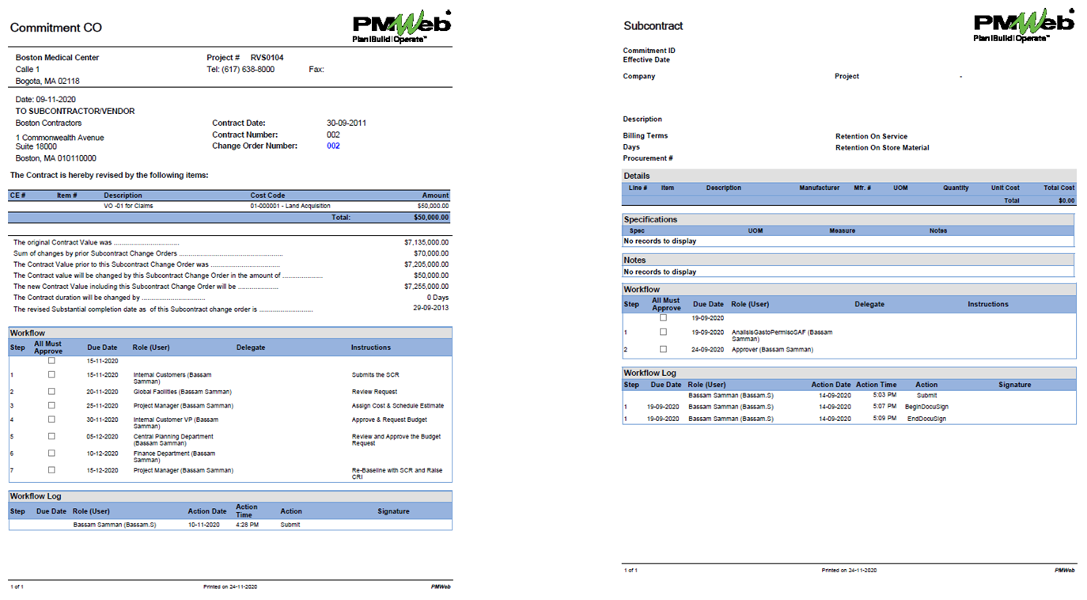
The project manager can have access to a report with a list of accountable actions taken, due, or delayed for every transaction of each business process to be managed on the project. The report can be grouped or filtered by project, process, user, status, among others. In addition, delayed workflow tasks can be coded in Red, while scheduled workflow tasks in Yellow and those yet to become delinquent in Green. The report can be designed to include visuals that summarize workflow tasks by a process, status, and user.
